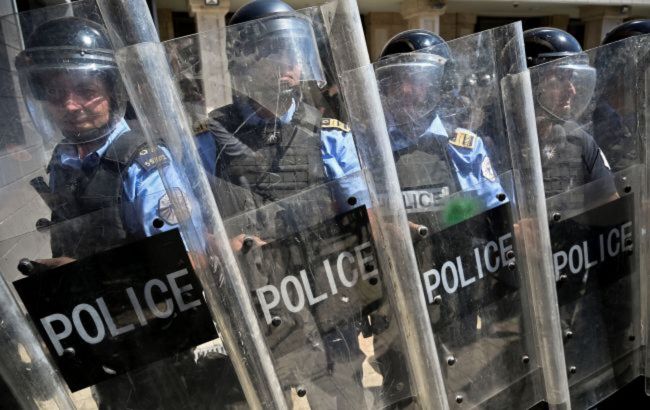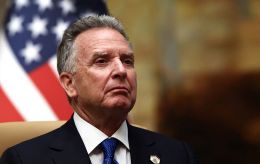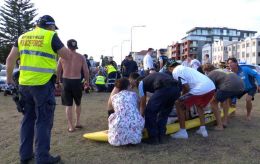Mass protests erupt in Serbia - Reasons
 Photo: police separate opponents and supporters of Serbia’s president (Getty Images)
Photo: police separate opponents and supporters of Serbia’s president (Getty Images)
Mass protests erupt again in Serbia as thousands gather in Belgrade on November 2, marking the anniversary of the Novi Sad railway tragedy, where several people were killed, according to Associated Press.
Protesters in Belgrade split into two camps on November 2, supporters and opponents of President Aleksandar Vucic, as tensions flared during mass demonstrations. Crowds exchanged shouts, bottles, and flares before police intervened to separate thousands of people and prevent large-scale brawls.
Why protests began
The unrest in Belgrade followed a major rally in Novi Sad marking the anniversary of a railway station tragedy that killed 16 people a year ago. That disaster sparked months of student-led protests against Vucic, who has ruled Serbia for 13 years.
The latest demonstration was held in support of Dijana Hrka, the mother of one of the victims, Stefan Hrka, who began a hunger strike outside parliament near a pro-Vucic camp that has stood there since March. Similar actions took place in Novi Sad and several other cities.
Protesters accuse the government of corruption and cronyism in the station’s reconstruction project, which they say caused safety violations leading to the collapse. Hrka demands accountability for the 16 deaths, the release of detained activists, and early parliamentary elections.
Local media reports that authorities have tightened pressure on the protest movement in recent months: hundreds of demonstrators have been detained, and rallies have been dispersed by force. Pro-government outlets label student activists "terrorists," accusing them of inciting violence.
Student protests began last year after the roof of Novi Sad’s railway station collapsed, killing 16 people. Serbian courts have since charged 13 individuals, including former ministers of trade and infrastructure, over the tragedy.

